Robotics Startup Unveils the World’s Fastest Walking Shoes

A Pittsburgh-based robotics and engineering startup recently unveiled Moonwalkers, a pair of battery-powered shoes that it claims can boost walk speeds by up to 250%. At first glance, Moonwalkers look like a pair of futuristic rollerskates, but there is actually a lot more to them than that. You’re actually meant to walk with them the […]
This Japanese Company Is Working on a Human Washing Machine

Science, a Japanese technology company specializing in bathroom and kitchen innovation, recently unveiled plans to produce a washing machine for humans. Believe it or not, the concept of a human washing machine isn’t new. At the 1970 Osaka Expo, Japanese electronics giant Sanyo Electric showcased its ‘Ultrasonic Bath’, a human washing machine that cleaned, massaged, […]
Walking Robot Dogs Is Apparently Becoming a Trend in China
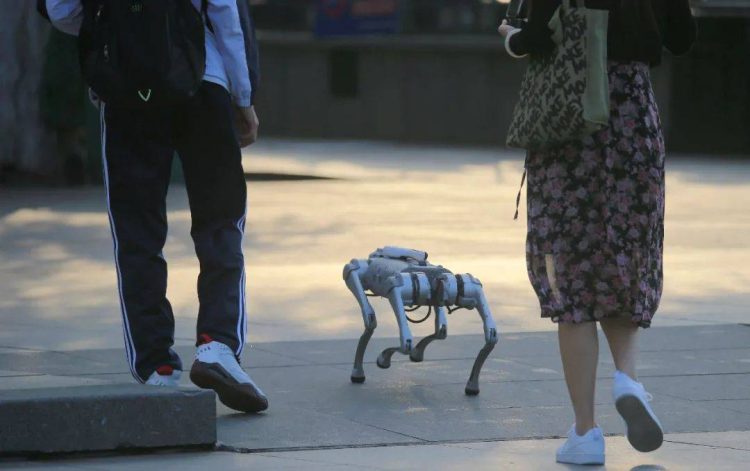
Photos and videos of people walking futuristic robot dogs instead of actual canines have been going viral in China lately, signaling a trend among the younger generations. Robotic dogs inspired by the impressive creations of Boston Dynamics have been available on Chinese shopping platforms for a while now, but they’ve only recently started actually becoming […]
Spoons and Bowls That Use Electricity to Make Food Taste Saltier Go on Sale Next Year

Japanese researchers have created smart kitchenware that relies on electricity to make food saltier and tastier without adding any extra salt. Salt makes food taste so much better, but it’s also a very dangerous ingredient that, consumed in excess, can cause serious health problems like high blood pressure, heart disease and stroke. But what if […]
Japanese Convenience Stores Introduce AI-Powered Shelf-Stocking Robots
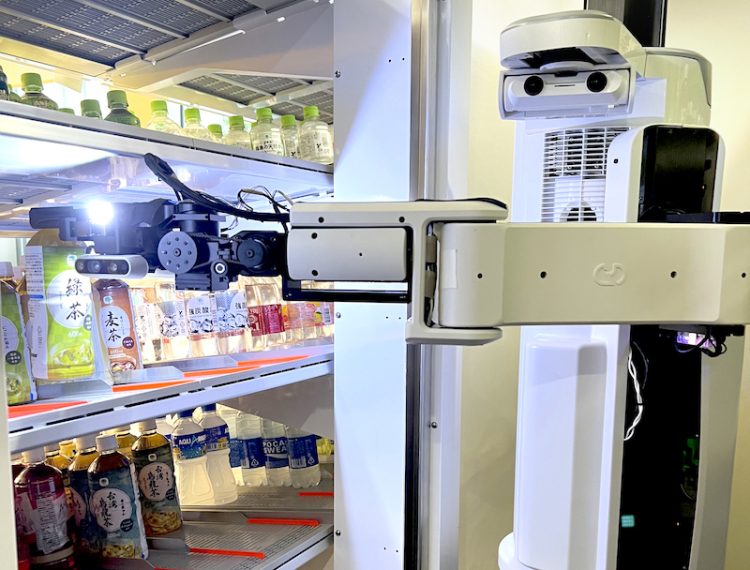
Family Mart, Japan’s second-largest convenience store chain, recently started using AI-powered robots to restock shelves, as a way to deal with the country’s fast-shrinking workforce. The decline in labor population is one of the biggest threats to businesses operating in Japan, and some have already started looking for ways to replace human workers. Case in […]
Japanese Robotics Company Creates Humanoid Heavy Machinery
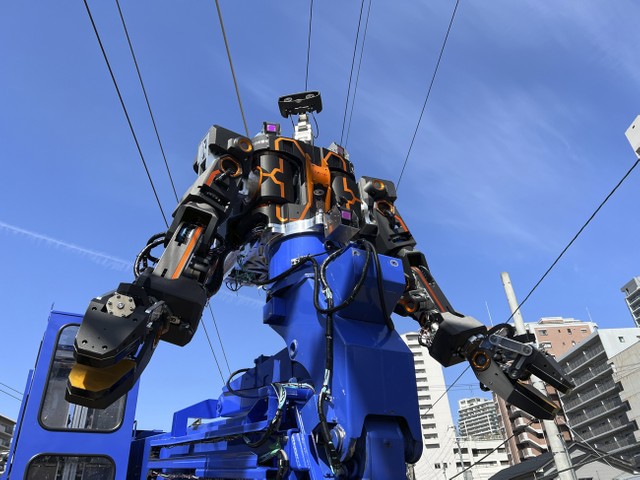
A Japanese robotics company has been getting a lot of attention for its unique heavy machinery – a humanoid industrial robot that can be remote controlled by a human. With so much focus on artificial intelligence and concepts like ‘the singularity’, we sometimes forget that robots have been around for a long time and that […]
Engineer Creates Functional Half-Wheel Bicycle
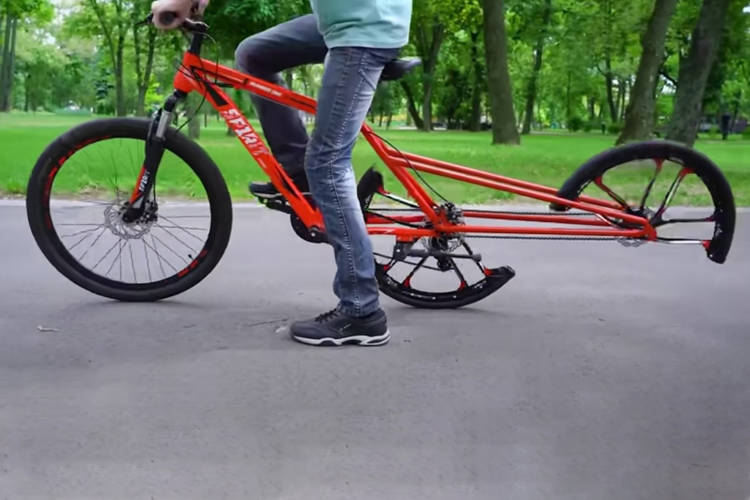
You may think that wheels are essential when it comes to bicycles, but one resourceful engineer’s recent invention demonstrates that two half wheels are just as good as one full wheel. Sergii Gordieiev, engineer and YouTuber extraordinaire, is known for his ingenious inventions – including a chainless bike and a drill-powered ice bike – but […]
Japanese Inventor Creates Creepy Spider Night Lamp, Freaks Out the Internet
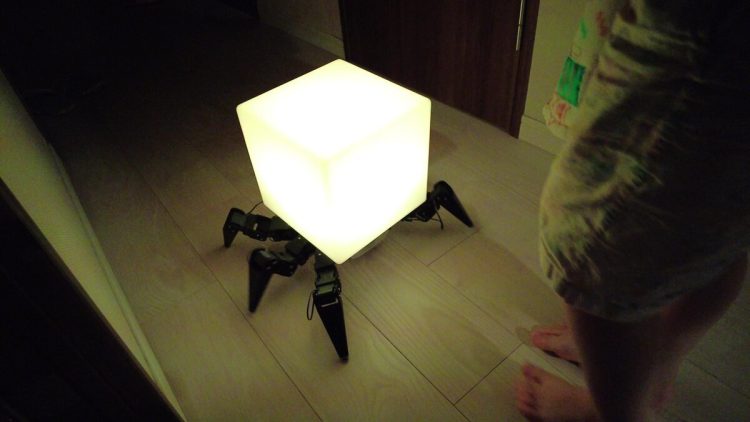
A Japanese IT engineer has created a creepy nigh lamp that crawls on robotic spider legs and leads you to the toilet in the middle of the night. Don’t you hate when you have to answer nature’s call in the middle of the night? It’s pitch dark, you don’t know where you’re going and you […]
Japanese Company Creates Smart Eyeglasses That Cure Both Myopia and Hyperopia

Japanese smart eyewear company Vixion has been working on an innovative pair of eyeglasses that can adjust the focus of the lenses, thus helping wearers overcome both myopia and hyperopia. Suffering from either shortsightedness or farsightedness is bad enough, but as we age, many of us have to deal with the symptoms of both conditions. […]
The Rotary Un-Smartphone – The Retro Smartphone You’ve Been Looking For
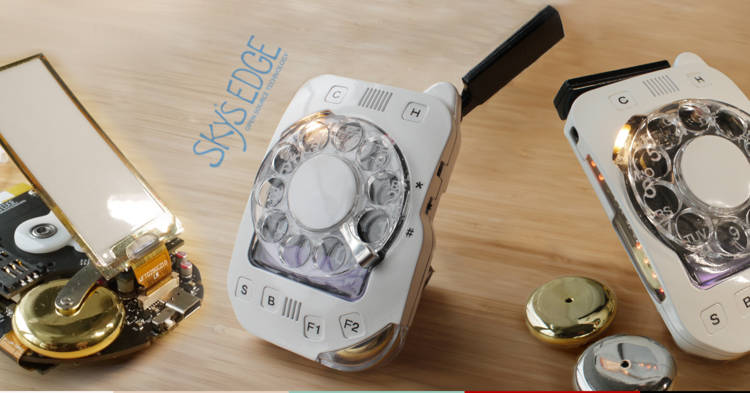
If you’re a millennial who misses the old rotary phone that was such a big part of your life growing up, the Rotary Un-Smartphone Kit may be just what you’ve been looking for. Smartphones are cool if you like carrying a miniature computer everywhere with you, but if you only care about making calls and […]
Smart Chopsticks Use Electrical Stimulation to Enhance Food Flavors
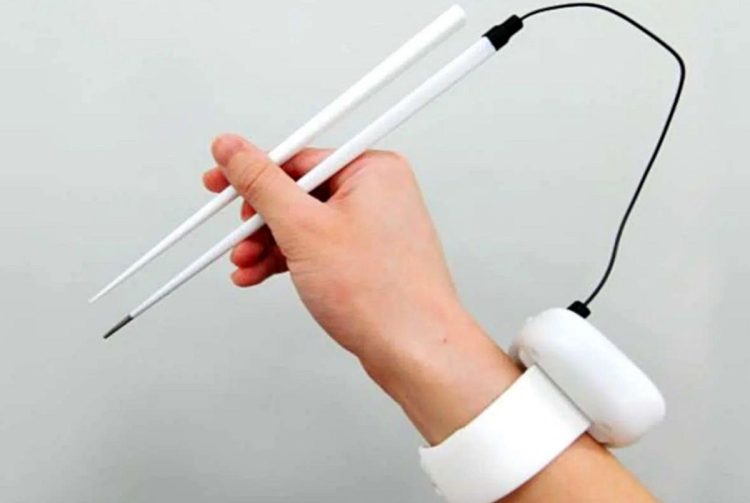
Japanese beverage maker Kirin Holdings teamed up with researchers at Meiji University in Tokyo to create smart chopsticks that reportedly make food taste more savory. Meiji University professor Homei Miyashita has been researching electrical stimulation as a way to alter the way people experience food and flavor for years. In 2016, along with fellow researcher […]
UK-Based Company Creates Functional Invisibility Shields
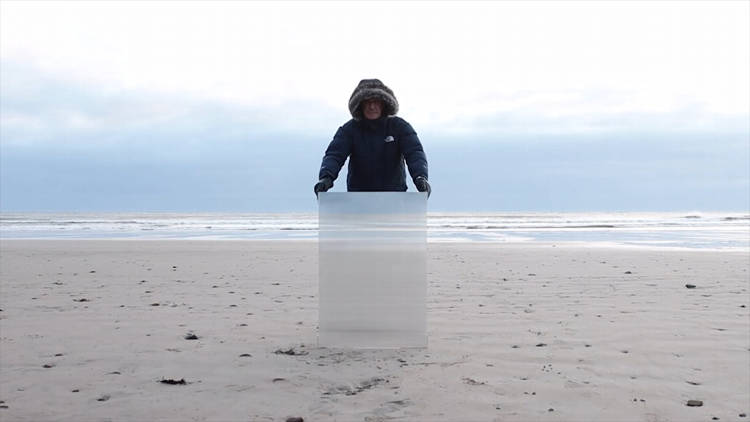
Inspired by Harry Potter’s iconic invisibility cloak, these real-life invisibility shields can make anyone who hides behind them disappear into thin air. Invisibility Shield Co. is a UK-based startup that has been working on an affordable invisibility mechanism for over two years. The company recently revealed a line of invisibility shields that rely on surprisingly […]
Japanese Company Unveils Rideable Robot Goat
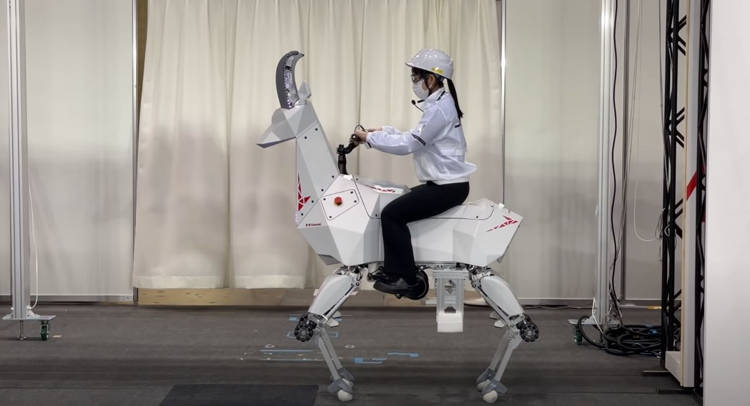
Japanese tech giant Kawasaki caused a lot of raised eyebrows at the world’s largest robot trade show in Tokyo, with Bex, a rideable robot goat. The 2022 International Robot Exhibition featured a lot of ingenious creations, but few as attention-grabbing as Kawasaki’s latest invention, a robot goat that can carry approximately 220 pounds of cargo. […]
Researchers Claim to Have Developed Artificial Intelligence Capable of Replacing Criminal Prosecutors

Researchers in China claim to have developed an advanced AI that is reportedly capable of identifying crimes and filing charges against those suspected of committing them. There is no denying that advancements in artificial intelligence are being made at breakneck speeds and that many of us will one day lose our jobs to a tireless […]
Netlicks – Professor Creates “Lickable” TV Screen That Imitates Taste of Food
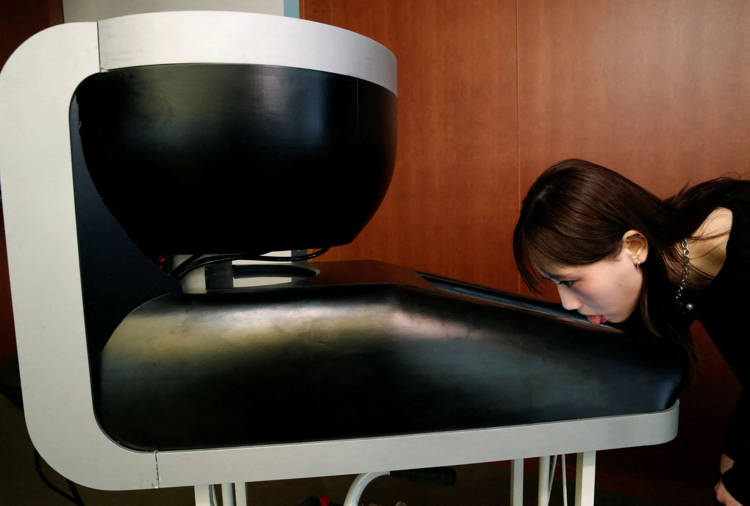
A Japanese professor has created a prototype lickable TV screen that can reportedly imitate the taste of various foods. Dubbed Taste the TV (TTTV), the prototype was developed by Homei Miyashita, a professor at the prestigious Meiji University in Japan, as a step towards a true multisensory viewing experience. The Intriguing device uses a carousel […]
